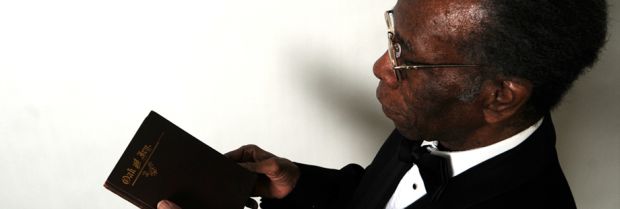
English Faculty Publications
Document Type
Article
Publication Date
Summer 2004
Publication Source
African American Review
Abstract
This essay analyzes the narrative strategies that Paul Laurence Dunbar and James Weldon Johnson used to represent black characters in The Sport of the Gods and The Autobiography of an Ex-Colored Man as a means of examining the authors' construction of the city as an alternative space for depicting African Americans. In late nineteenth- and early twentieth-century fiction, the majority of African American images in popular fiction were confined to Southern-based pastoral depictions that restricted black identity to stereotypically limited and historically regressive ideas, exemplified in such characters as Zip Coon, Sambo, Uncle Tom, Jim Crow, and Mammy Jane. The plantation tradition inherently connected blacks to the country by marking them as rustic, and blacks were seen as simple, primitive people who needed the protection of the benevolent whites they served. Positive depictions of African Americans in urban settings were neither prevalent nor acceptable to the literary establishment; as Dickson Bruce, Jr., states, African American writers “could talk about themselves, their hopes, their aspirations, only in the language of mainstream America.” With exceedingly few exceptions, African American characters who were placed in urban spaces were portrayed using the pastoral identities that had been defined by Southern, post-Reconstruction authors.
Inclusive pages
213-237
ISBN/ISSN
1062-4783
Document Version
Published Version
Publisher
Johns Hopkins University Press
Volume
38
Issue
2
Peer Reviewed
yes
eCommons Citation
Morgan, Thomas Lewis, "The City as Refuge: Constructing Urban Blackness in Paul Laurence Dunbar’s 'The Sport of the Gods' and James Weldon Johnson’s 'Autobiography of an Ex-Colored Man.'" (2004). English Faculty Publications. 22.
https://ecommons.udayton.edu/eng_fac_pub/22



Comments
Article is included in the repository with the permission of the publisher, which holds copyright.
Permission documentation is on file.